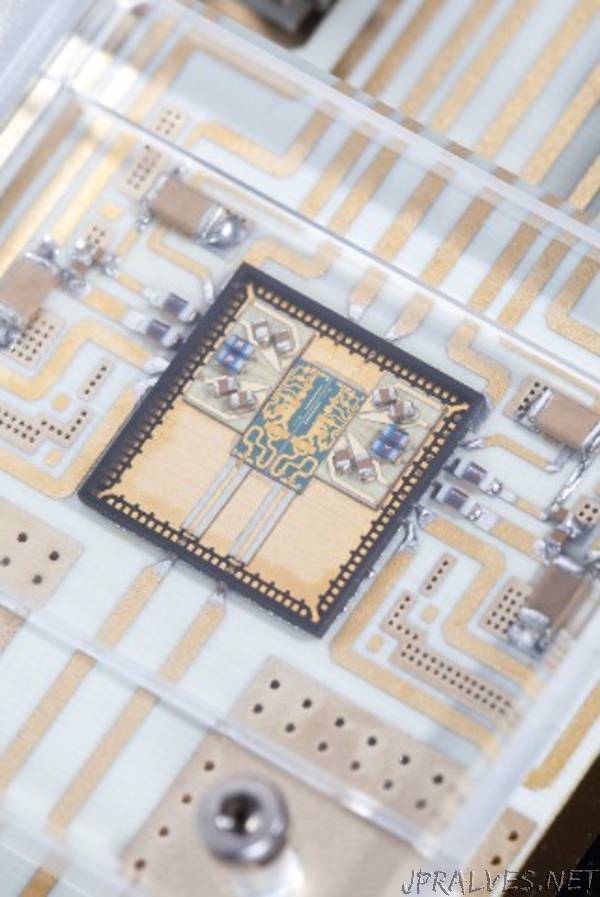
“In Fraunhofer‘s lighthouse project, the development of a extremely energy-efficient and modular hardware creates the basis for a comprehensive Internet of Things.
The Internet of Things (IoT) is growing steadily. An enormous number of networked nodes collecting, evaluating and converging data in a network is therfore already necessary today. The problem: The energy consumption of the nodes is enormous. According to a study by the International Energy Agency in 2013, the energy requirements of all networked devices worldwide corresponded to the total demand for electrical energy in Germany. Within the next few years, this need will almost double to 1140 terawatts per year, with networked IoT accounting for a significant share of this growth. For this reason, it is important that the sensors become more energy efficient.
So far, industry and research have not come up with a comprehensive solution: for each application, a single IoT hardware is developed that is more or less energy efficient. The Fraunhofer-Gesellschaft wants to change that: In its “Towards Zero Power Electronics” (ZEPOWEL) lighthouse project, a hardware solution is to be developed that is both holistic and extremely energy-efficient. In a following step, networked sensors could even work with complete self-sufficiency.
Fraunhofer uses two levers: Firstly, the nodes themselves are to consume significantly less energy, and secondly, energy savings are to be achieved at the systemic level. This means that communication with other systems will also save energy. “We want to create the technological platform for a comprehensive IoT application,” explains Erik Jung, project team member at the Fraunhofer Institute for Reliability and Microintegration IZM.”
